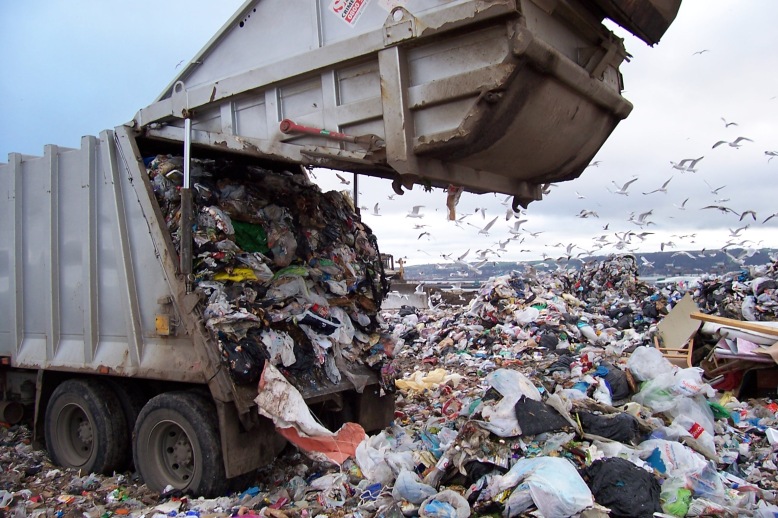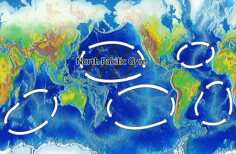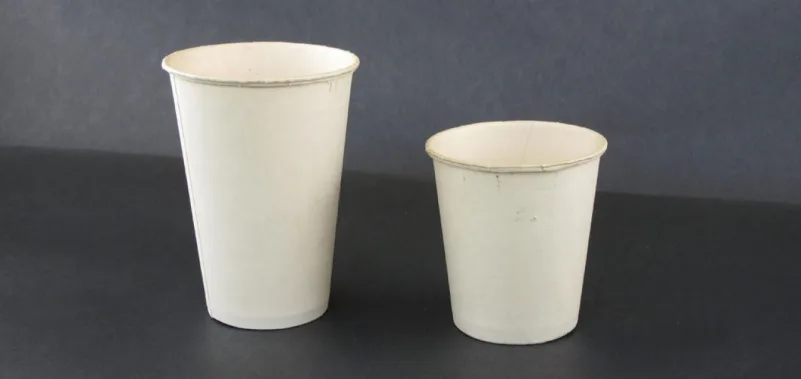
When you finish your snack, what do you do with the leftover packaging? More than likely, you either throw it in a trash can or put it in the recycling bin. You may think that this is the end for the snack packaging, but it is actually the beginning of a long disposal process.
This lesson examines the four possible options for disposal: reduce-reuse-recycle, composting, combustion, and landfills. It also looks at each type of snack packaging material to see what happens after the consumer disposes of it.
In doing so, the lesson demonstrates the environmental impact of each of these methods of disposal and materials. To do our best and help our environment, we have to understand the effects of the choices we make.
PDF: When Snack Time is Over…
In this section:
Disposal Options
1. Reduce-Reuse-Recycle
2. Composting
3. Combustion
4. Landfills
Disposal Methods by Material
1. Glass
2. Metals: Steel and Aluminum
3. Paper and Cardboard
4. Plastics
5. Biodegradable Materials
Review Questions
Activity: “How Much Food Packaging Waste does your Classroom Produce?”
Case Study: “Trash: It’s an International Issue”
Summary:
Disposal Options
Explore the four options for disposing of food packaging waste (reduce-reuse-recycle, composting, combustion, and landfills). Examine the environmental costs and benefits of each.
Video: Bottle Gardens
Video: Single-Stream Recycling
Video: Combustion
Disposal Methods by Material
Study possible disposal methods for each type of snack packaging material (glass, metals, paper and cardboard, plastics, and biodegradable materials). Think critically about the effect of packaging on the environment. Consider how consumer choice affects the amount of food packaging waste generated.
Video: Life Cycle of a Plastic Bottle
Activity: “How Much Food Packaging Waste does your Classroom Produce?”
Calculate the amount of food packaging waste your students generate in a typical school day. Using this number, calculate how much waste they generate in a week, a month, and a year. Use these numbers to consider how long it takes for your class to generate a ton of trash and estimate the volume of waste produced. Complete a series of questions based on these findings.
Student Worksheet: Food Waste
Teacher Worksheet: Food Waste
Case Study: “Trash: It’s an International Issue”
Learn about the Great Pacific Gyre, a floating “island” of garbage formed by ocean currents and found between Hawaii and California. Read an article from National Geographic and watch a video about this Gyre. Respond to comprehension questions and brainstorm strategies for cleaning up the Great Pacific Gyre.
Video: Great Pacific Gyre
Student Worksheet: Trash: It’s An International Issue
Teacher Worksheet: Trash: It’s An International Issue
Article: Encyclopedia Entry: Great Pacific Garbage Patch
Additional Online Activities
Pack a Waste-Free Lunch Challenge
Recycle City and Dumptown Game
EPA Recycling Converter
